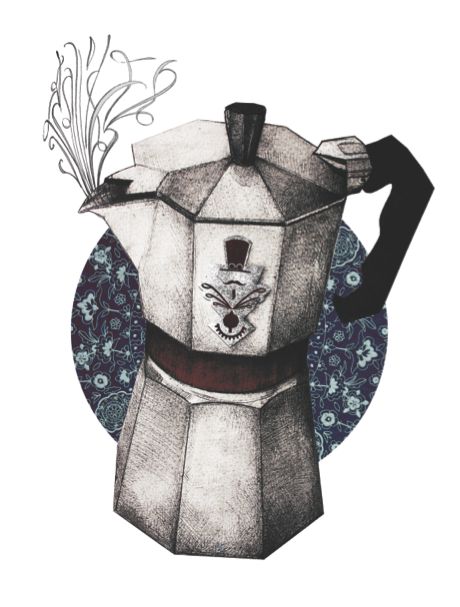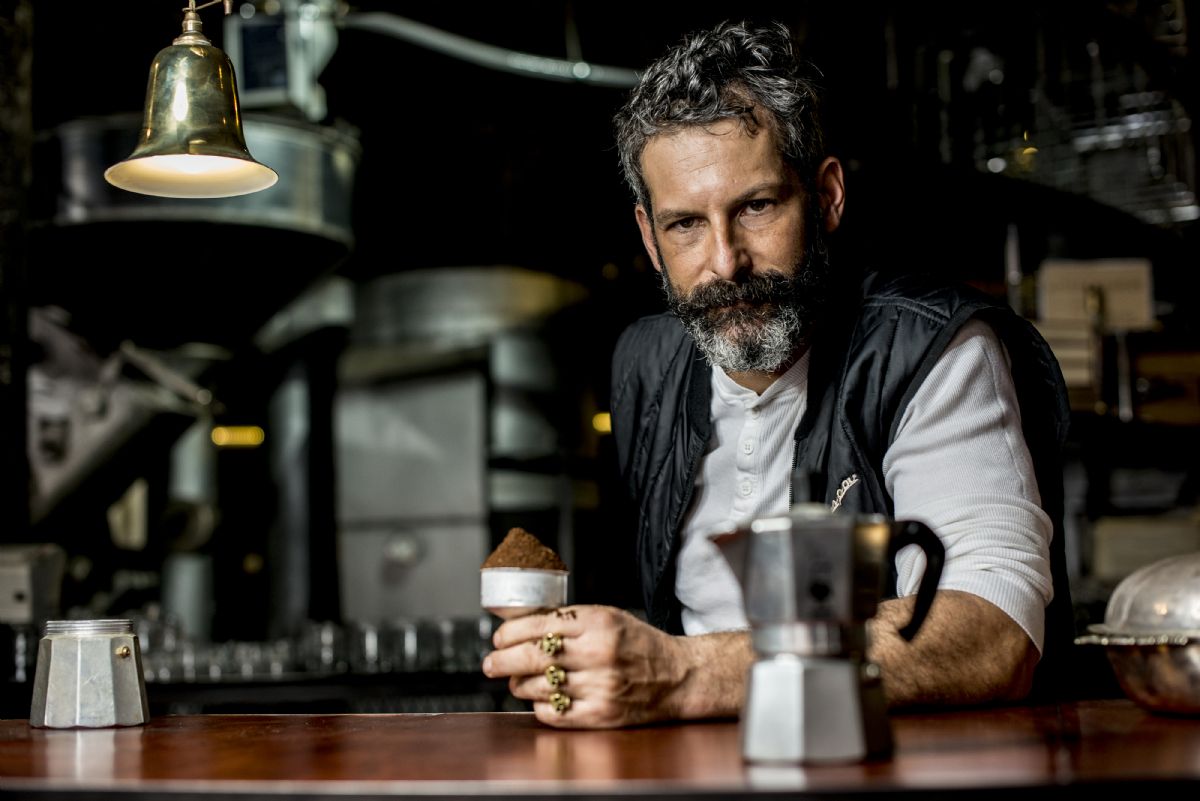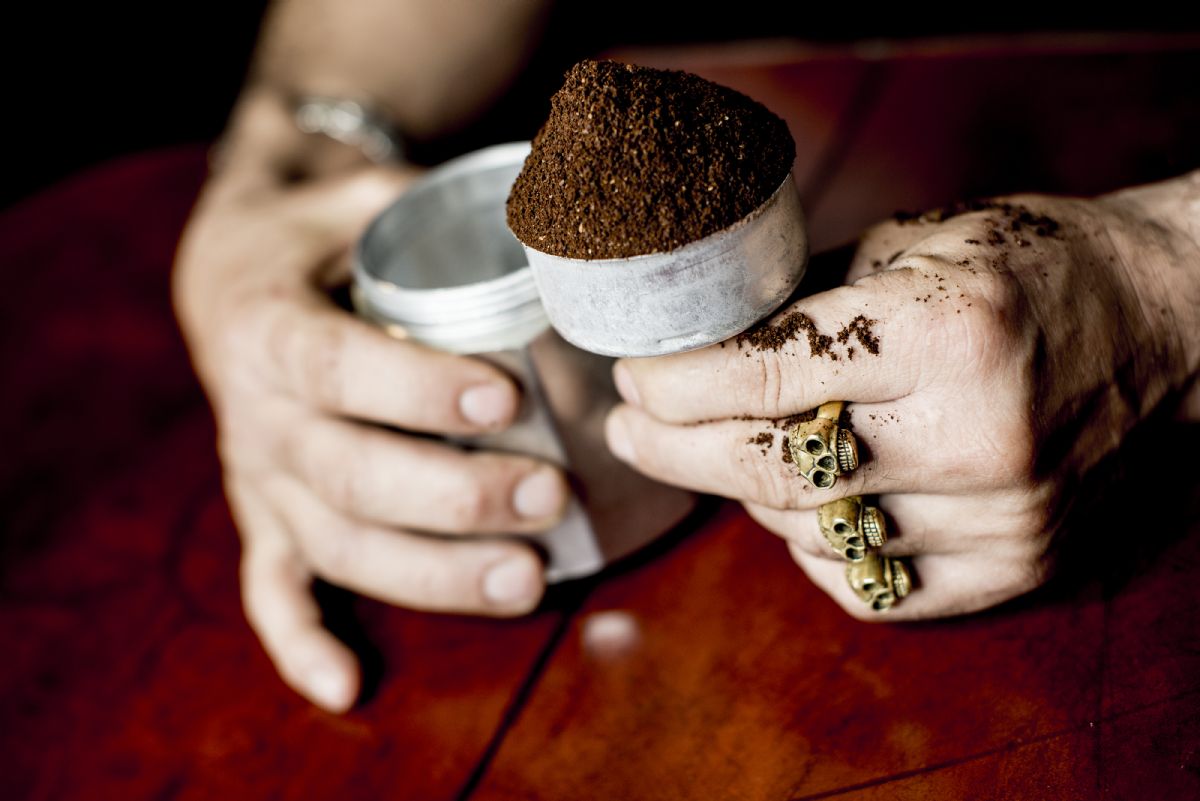Steampunk Moka Pot
David Donde shows us how to make good with an Italian classic.
Words By: David Donde
Photographs: Craig Kolesky
Illustration: Jonty Hurd
Somehow the Moka Pot has become the ugly stepsister in the coffee world. The little Italian espresso maker that can, has become a cute novelty for the kitchen display. Simplicity in itself, I find my Moka pots indispensable, particularly when it is time for an espresso away from the electrical outlet, and when there is no porter to ferry your goods.
Years ago, when I first got involved in the speciality coffee industry, I arranged to meet with the local agent for
Bialetti, the dominant manufacturer of these delightful widgets. Now, these guys should know their stuff, as a chap named Luigi De Ponti employed by an Alfonso Bialetti invented the little guy in 1933, in an effort to create espresso at home that rivaled any café espresso. That very same pot is still available from Bialetti Industrie model under the model name "Moka Espresso". More on that meeting in a bit.
How does this little pot work? Essentially hot water is pressurised by steam, created by placing the pot on the stove-top, and forced through trapped coffee grounds, approximating the espresso process. Most models are aluminium, they began working with aluminium because of the embargos placed on Stainless Steel by Mussolini during that time and Italy had a rich supply of the aluminium ore, which became the national metal. Due to a - now discredited - link between Alzheimers disease and aluminium cooking pots, many people stopped using their precious backlight handled aluminium pots. The industry responded with some stainless steel units, which are a boon if you cook on induction stoves, where the aluminium option won't work.

So back to my meeting with the agent. And I ask how best to use the damn thing. And he says read the instructions. Well we did. Then I asked why each rule was there and received that curious and specifically Italian shoulder shrug which inexplicably requires raising the palms of one's hands up to the heavens and a brief cock of the head.
So we attempted it according to the instructions and then made it better.
First off the instructions said to use cold water. We found through simple empirical testing that boiling water, while clumsier to work with gave a sweeter taste to the coffee with more concentrated flavours. I have always assumed that this is down to a shorter contact time between the coffee grinds and the water. The next careful instruction was to use medium ground coffee loosely packed into the coffee holder. Needless to say, no chance. Next was to cook on a medium heat till extracted. No need to bore you again.
So here are the instructions, and if this method is followed carefully, you will get the best espresso extraction you have ever had south of a professional espresso maker with a serious price of acquisition:
Take fine espresso ground artisanal coffee, preferably ground within the last minute or two on a burr grinder.
Pour as much coffee into the holder as you can, forming a cone of coffee, above the holder, the surplus spilling off. Do NOT tamp it down, but press down gently with something flat to the rim of the holder. You are not tamping, but pushing it all in.
Fill the bottom compartment with boiling water to just below the safety valve or full mark on your particular Moka Pot. Be careful here, overfilling is potentially dangerous. The little safety valve similarly needs to be clean and free of debris to avoid over-pressure conditions and to avoid risk of explosion! For the same reason, don't tamp the coffee down!
Now to the most important instruction, leave the lid of the pot open, so you can see the extraction happen. Put your stove plate on high heat, and watch that, as soon as the coffee starts oozing out, you begin to control the heat. Make sure it doesn't stop oozing, but never "burps." You do this, by lifting the pot off of the stove to slow things down, whenever necessary.
Your brew is done when the coffee stops oozing. It is ok if there is a little water left at the bottom.
If you have kept it oozing and avoided burps and haven't stalled things you should have a pretty well extracted espresso with the creme intact, at least until it is poured. And pour it fast, because that latent heat won't do the espresso any good at all.
All that effort to watch the final minutes of extraction can be saved by a clever new variation of the Moka pot. The inventors, Bialetti have a model in their range called the Brikka. Simply put, the open system of steam extraction, is replaced with a seal and weight. This pressure controlled valve prevents extraction until sufficient pressure builds up, and extraction happens suddenly, producing crema without any fuss. A low budget gimmick that works.
And that, is how it’s done. Taking the Italian method and perfecting it.


